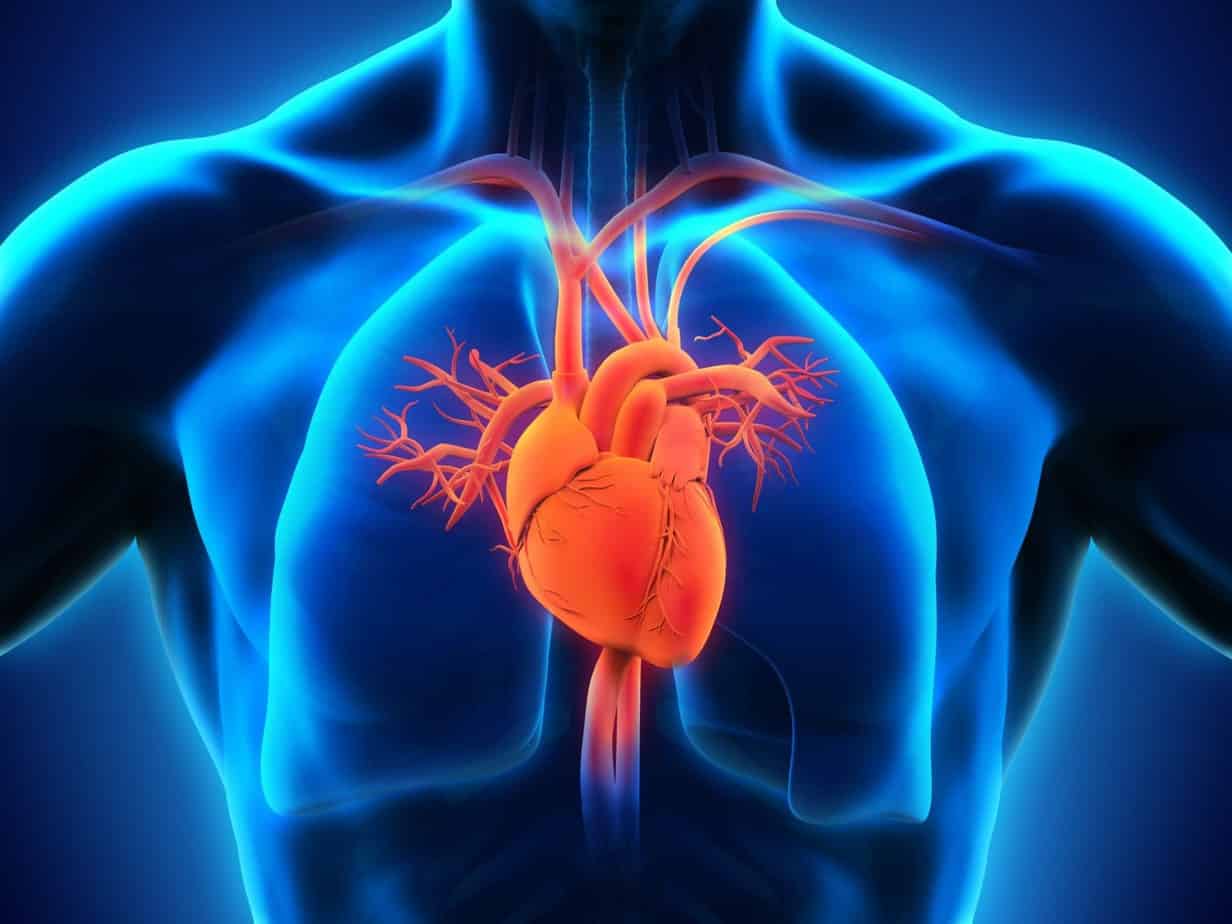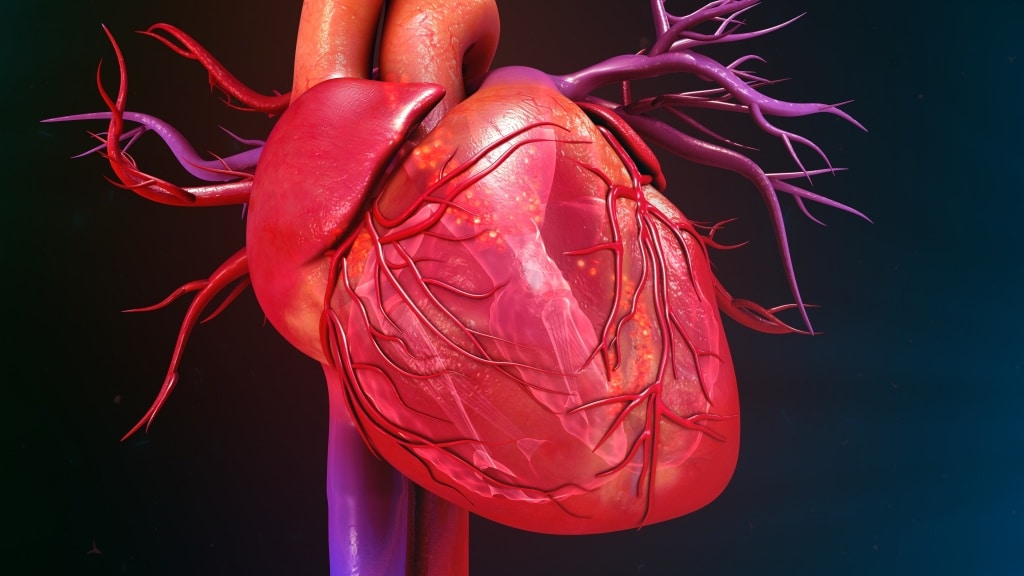
Anatomy and function of the heart are very interesting topics for doctors, mainly cardiologists. Facts about the heart may also surprise you! Find out how the human heart works and why it is so important for our body.
This organ appears between 2 and 3 weeks of pregnancy. During one minute alone, the heart pumps several liters of blood. With each contraction it ejects about 70 ml of blood into the aorta. It is the most important part of the human body, because it supplies oxygen to every cell. It also pumps blood to the organs to transport essential nutrients. Throughout our lives, the heart contracts 2.5 billion times and pumps 173 million times. A single heart cycle – the contraction and contraction of the heart – takes only 0.8 seconds.
Under very extreme conditions, a heart can be transplanted. A donor can be a person who has agreed to donate organs for transplantation during their lifetime. This operation is extremely complicated, but it gives people with heart disease or after massive heart attacks the chance to live longer. The first successful transplantation was performed in 1985 by Zbigniew Religa. After an operation lasting many hours, the patient not only awoke, but also could enjoy health for years to come. Today, even a thousand transplants are performed annually, also in children. The life of transplanted patients is prolonged even by 30 years.
The human heart is not a large organ, which may be surprising given that it does truly heroic work. In women, the heart weighs a maximum of 280 grams, while men have larger hearts – weighing up to 350 grams. The same organ in the blue whale weighs up to 700 kg.
The human heart consists of four cavities – two atria and two ventricles. The right atrium contains the superior and inferior vena cavae and the coronary sinus, into which the great and middle veins of the heart flow. The right ventricle is crescent-shaped and pumps blood at a lower pressure than the left ventricle. The left atrium contains the left and right superior pulmonary veins, as well as the left and right inferior pulmonary veins. The left ventricle has walls 15 mm thick and is conical in shape. From it, blood flows to the main artery. In turn, that coming from the aorta supplies nutrients to other organs in the human body.

According to scientists, the heart can work uninterrupted even more than 100 years. Of course, many factors affect its condition, such as past diseases, diet, physical activity, anatomical structure, genetic conditions. However, cardiologists emphasize the importance of an active lifestyle, low stress and plenty of sleep. In order to take care of your heart, you should follow a balanced diet and take care of your rest.
Interestingly, the structure of the heart can change slightly during our lifetime. This is mainly the case for professional athletes who practice extreme sports that require tremendous effort. After years of training, their hearts become slightly more hypertrophied due to enlargement of the ventricles. As a result, people who engage in professional physical activity should not suddenly give it up.
For hundreds of years, until the rise of psychology and psychiatry, many scientists believed that emotions and feelings were born in the human heart. Over the years, as medicine progressed and as the workings of the nervous system were discovered, this information became outdated and untrue. The belief that emotions and memories are stored in the heart remained in the realm of symbols and beliefs. After all, it is the heart that is the symbol of the lovers’ holiday.
In an adult, the resting heart rate is slightly slower. In a child, on the other hand, it can be as high as 120 beats per minute. During high-performance sports, the heart pumps blood much faster, so the heart rate can also reach 120 beats per minute at critical moments.
Many doctors recommend a small amount of dry red wine. It has an anti-cancer effect, and also stabilizes blood pressure. A glass of this drink with dinner certainly can not hurt us!
During strong emotions we can notice that our heart beats much faster. This is because it pumps blood to the most important organs. This also allows the brain to be oxygenated, which makes us react faster in stressful situations.
Photo: nerthuz/Adobe Stock